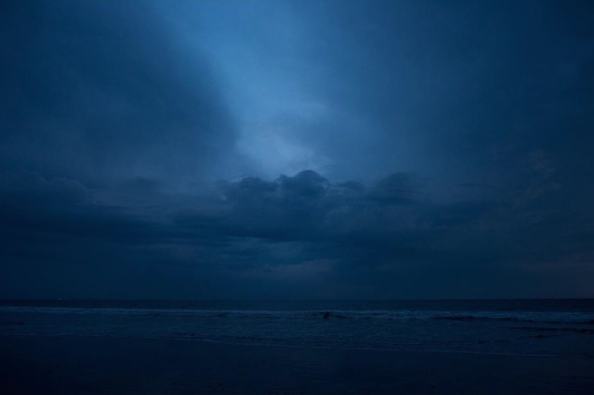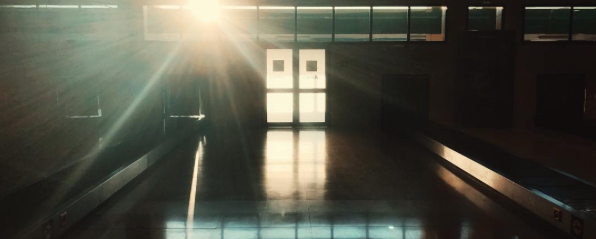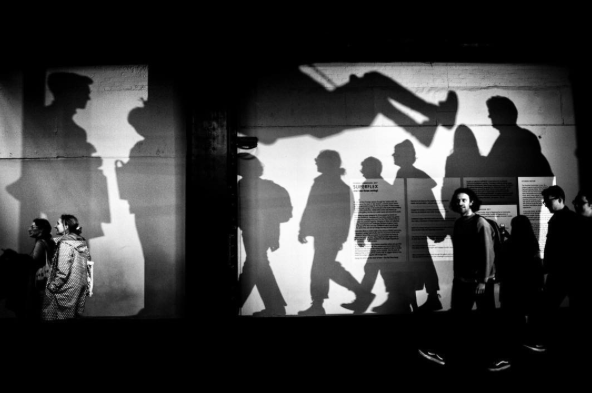Here is a question I received last week.
"I can follow action really well. But when it comes to framing objects for b roll, and framing interviews, I need a lot of training to get the shots I love to use in an edit. I am determined to get better though.
In the edit suite, I can easily pick the best framed shot. But when I look through the viewfinder, I don't really know where to go. What do I look for, what's my "go to" basics when framing shots."
This is slightly tricky to answer. I've been shooting for a long time, so when I compose a shot, it is not an intellectual exercise. I don't think about the rule of thirds or where to position the subject, I just set the camera up instinctively and film the scene in the best way I can.
However, this doesn't help anybody, or answer the question very well. It is also a question I remember asking when I first started working in television, so I'll do my best to come up with a few tips for shooting B-Roll or GVs.
- Firstly, remember you are putting the 3D world in to 2D. It is therefore going to look very flat, unless you can add some depth. You can add depth by shooting objects in the foreground very close to the camera with the background far away. This will give the impression of depth.
- When following action, the tendancy is to put the subject in the middle of the screen. Generally it's worth avoiding this with B roll. Try putting the subject off centre to one side.
- Try to to show what you are filming in a new light. If you are shooting a famous monument, viewers have probably seen it hundreds of time before. Try to capture it at a different angle, in different light, with something else in the frame. All of these things will stop the shot looking like the standard postcard image.
- Keep in mind the reason for shooting the image. What does the editor or director want to say with this shot? Maybe they want to show the time of year, perhaps having snow in the foreground, or a tree with no leaves will help tell their story.
- Look for lines that dissect the screen: a railway line, a path, a row of houses, an electricity cable all of these things can take the eye somewhere and get us away from a flat image.
- Try to avoid shooting in the middle of the day, when the sun is overhead and there are no shadows. Things tend to look much more interesting first thing in the morning, when the sun is low in the sky, or in the late afternoon. If you really want to take control of your B-roll try using an app to track the sun. Its really easy to do. You might see a great shot and thing, that would look great with the sun in a certain position, just work out what time that will happen and come back for it.
- Play around with lense choices. Just becuase you are shooting b-roll doesn't mean everything has to be on a standard wide angel. You can get different shots with different lenses, make a busy street look even busier, compressing it with a long lens or get up super close and shoot ultrawide.
- Try a out a few filters. Using a soft-edge ND grad will give a more dramatic look to the shot, darkening skies and it can also help balance out a picture so a sky is not over exposed. It's also worth looking at a polariser which can help accent a few details like water or clouds.
Imagine you have been asked to get a shot of the Eiffel tower, going right up to the park and getting a shot with the tower in the middle will give you a typical postcard image. Imagine a shot from a few streets back with litter in the foreground, or some barbed wire or graffiti, or a cafe in the evening with people drinking outside, a lone shot of someone walking their dog. Each of these images, says something different and the trick is finding something that helps the narrative of what you are filming.
Try shooting some shots, whether video or just with a stills camera with a prime lens, say a 35mm or 50mm. If you look at a scene and think it all looks interesting, the temptation is to shoot it on a wide lens and get it all in. Using a tighter fixed lens forces you to make decisions, it forces you to ask what's really interesting in the scene. Many photographers favoured just one lens - think Henri Cartier Bresson. I think the forced constrainst imposed by a prime lens can be useful.
Finally, get inspiration from great photographers and cinemaphotographers. This could be anyone you like really, but to get you started, here are a few people I like.

The shot above is from Emmanuel Lubezki (The Revenant, Birdman). A lot of his shots tend to be quite low contrast. I love his work, he always manages to get his own original look into the pictures. I find it hard to describe why i like it, so I'll just leave his instagram name and you can look him up for yourself. @chivexp

The above shot is from Reed Morano. Her shots are usually really low key, dark moody affairs. She is an incredibly talented cinematographer and well worth a follow @reedmorano.
It's also worth looking at a few photographers. Recently, I have been enjoying the work of Alan Schaller

Alan Schaller typically shoots really high contrast scenes. He tends to make use of shapes and shadows in a really effective way. You can follow him at @alan_schaller
These are just some people that I like, but you may not. There are lots of people out there who are shooting great stuff, just pick a few people you like and see if you can get some inspiration from it. Click here to see more cinematographer I recommed following.
And remember that quote "Good artists copy, great artists steal"
